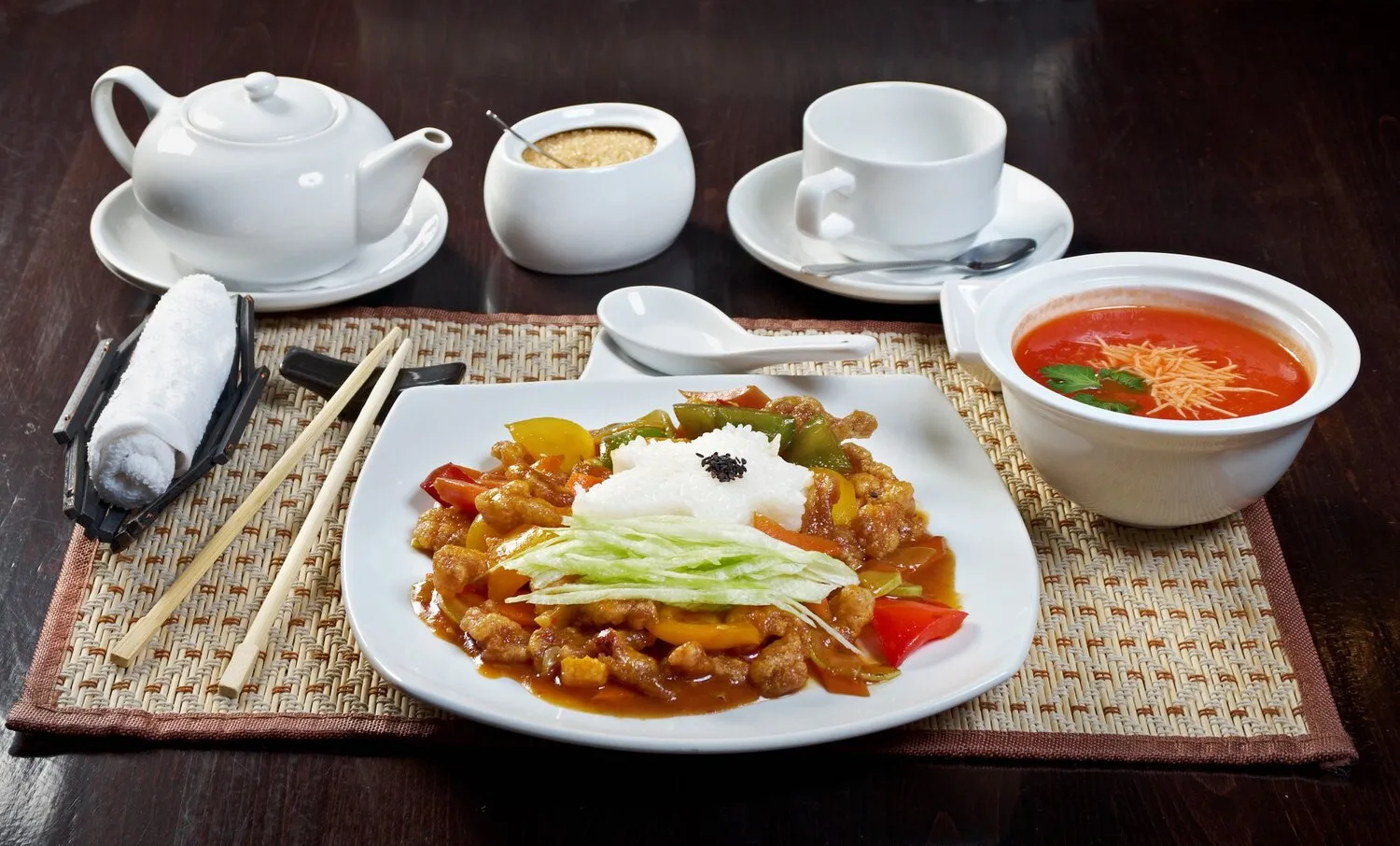
Tortilla Española
Classic Spanish omelet.
Nutrition Facts
* The % Daily Value (DV) tells you how much a nutrient in a serving of food contributes to a daily diet. 2,000 calories a day is used for general nutrition advice.
The exact origins of the tortilla española are debated, but it is believed to have emerged during the early 19th century. Several stories attribute its invention to different figures and regions, often linked to addressing food shortages or creating a hearty, economical meal. One popular theory suggests it was invented during the siege of Bilbao during the Carlist Wars, as a way to feed troops. Another claims it originated in Extremadura.
Tortilla Española is a cornerstone of Spanish cuisine and culture, deeply embedded in the country's culinary traditions. It is a versatile dish enjoyed at any time of day and is a staple in tapas bars, family meals, and celebrations.
Tapas Culture
Tortilla Española is a quintessential tapa, often served in bars and restaurants as a bite-sized snack. It's commonly presented in wedges or small squares, perfect for sharing with friends and family while enjoying a drink.
Family Meal
It is a very common family dish, especially for quick dinners or lunches. It is easy to prepare in large quantities and is enjoyed by people of all ages.
Regional Variations
While the basic recipe remains consistent, regional variations exist. Some regions prefer a thicker tortilla, while others favor a thinner, more runny center. Some add specific ingredients depending on locally available produce.
Celebratory Occasions
Tortilla Española often makes an appearance at celebrations and gatherings, showcasing its importance in Spanish social life. It's a comfort food that evokes feelings of home and tradition.
The Tortilla Española offers a simple yet satisfying combination of flavors, primarily centered around the richness of eggs, the subtle sweetness of slowly cooked onions, and the earthiness of potatoes. Olive oil plays a crucial role, adding depth and a velvety texture.
The primary flavors derive from the combination of fried potatoes and onions, cooked slowly in olive oil to soften and sweeten them. The eggs provide a creamy, custardy texture and bind the ingredients together. Seasoning is typically minimal, with salt being the most important element to enhance the natural flavors of the other ingredients. Some variations include adding other ingredients like chorizo, peppers, or garlic, which can alter the flavor profile slightly.
Slow Cooking the Vegetables
Cook the potatoes and onions over low heat in plenty of olive oil. The goal is to soften and sweeten them, not to brown them. This step is crucial for developing the characteristic flavor of the tortilla.
Egg Consistency
The eggs should be lightly beaten, not whipped. Over-whipping can make the tortilla too airy. The mixture should be smooth and evenly distributed.
The Flip
Flipping the tortilla can be tricky. Use a large plate to carefully invert the tortilla from the pan, then slide it back into the pan to cook the other side. Use a pan that is oven safe in case the flipping gets too difficult.
Doneness Preference
The degree of doneness is a matter of personal preference. Some like the tortilla fully cooked through, while others prefer a slightly runny center. Adjust the cooking time accordingly. The inner most part should still have a little shake.
Explore additional Omelet dishes and restaurants
Explore OmeletDiscover top dining spots and culinary experiences in São Paulo.
Explore São PauloLearn more about the food culture, restaurant scene, and culinary heritage of Brazil.
Explore Brazil